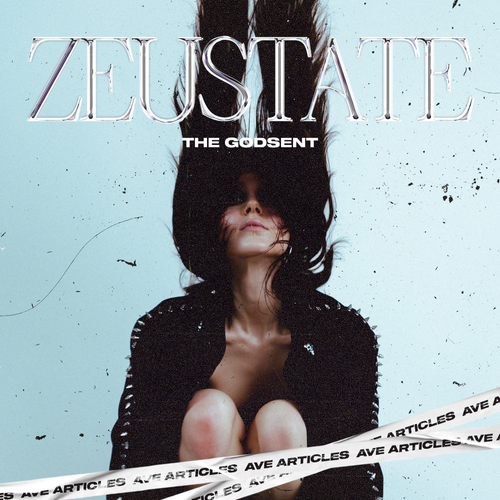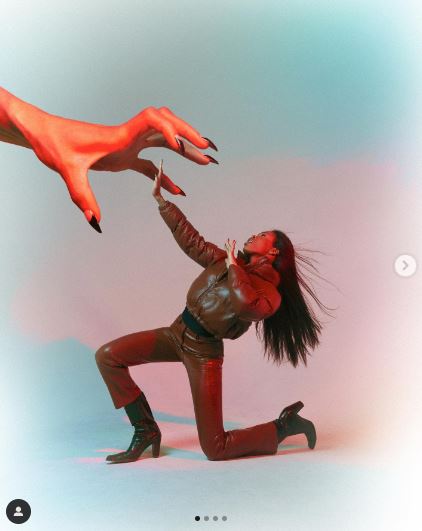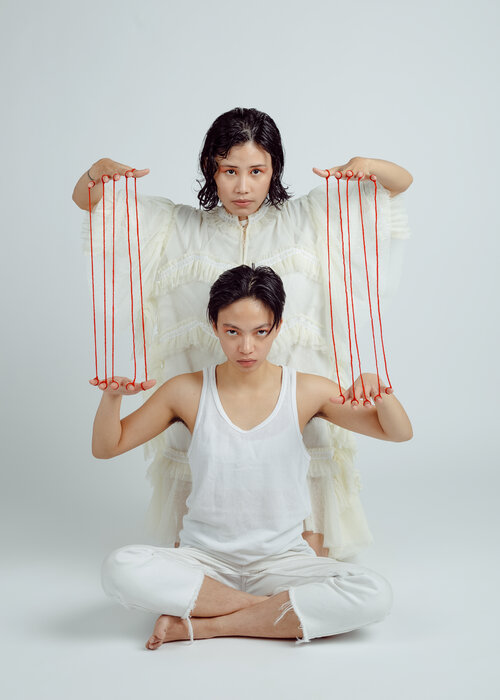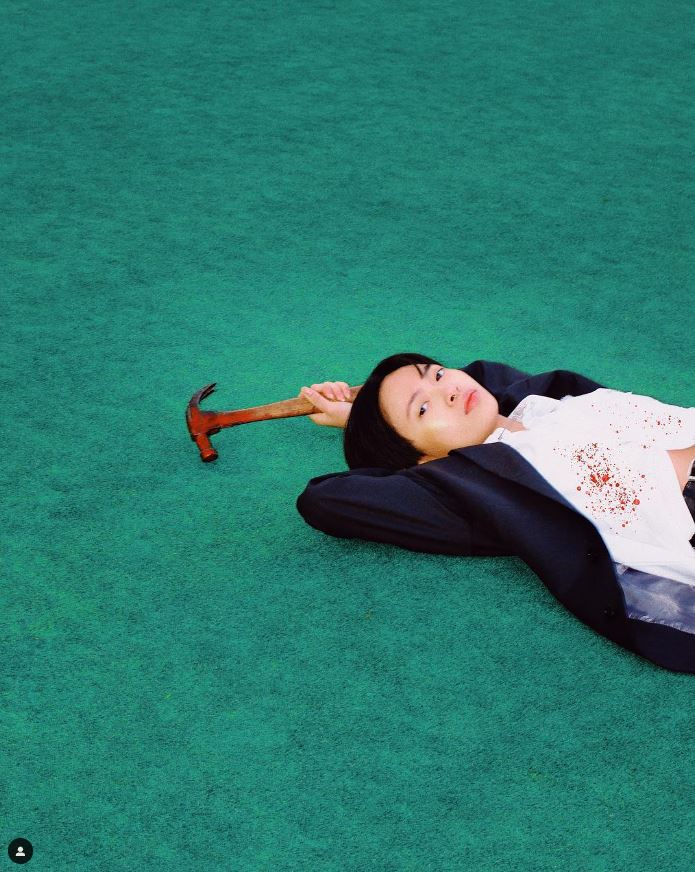
Edit credits to niteshift.studios
Buried within the heart of music, films, books, paintings and photos is an essence of what I would describe as art. The haunting sequences of Shakespeare juxtaposed by Tetsuo’s gut wrenching scream. Of long halls of ancient paintings and those of our own as we crowd around our favorite DJ. Something ubiquitous between them all; A supreme essence that the great works of art contain. And within them are those who manage to personify our desires or project one’s own. I’ll skip the lofty proofs and needless clutter. I define this essence, the one all great artists crave as the ability to craft stories and tales within their chosen medium. From simple chords to decry one’s anguish, or a sentence to fuel someone’s smile. To create art is to attempt to fashion a tale from something or nothing. And within the confines of this article, I’ll tell you the tale of a photographer who sifts through realities and captures them anew. That of Tatum MacLean, aka Zeustate, The Godsent.
The interview began on a miserable cloudy January afternoon at The Ave studios, that was fortunately brightened as 28 FLAIR and I sat down with one of Vancouver’s most fascinating photographers – Tatum, aka Zeustate, born in Serbia and currently residing in Vancouver.
A name that was born out of her love for old Serbien cartoons and their baleful tales of Greek mythology. Specifically, that of Zeus, lord of the sky and of lightning. He who rumbles overhead and helms the pantheon of the gods. An ego filled abbreviation acting as a precursor for Tate’s eventual ambition. As photography is her chosen medium, yet her dreams lie elsewhere.
For photos, rather than any other medium, is one of stillness. A track must have its tempo, a movie must have its minutes. To progress within a story is to move from one minute to the next, regardless of the tale. Only paintings and photos are given the privilege to standstill and impart a message or emotion. And Zeustate, more than any other photographer I have met, manages to create stillness that is suffused with possibilities and stories that feel at once explored, yet incomplete. For, the medium is not without its disadvantages.
Our conversation soon shifted to the standalone nature of photography as it becomes crippled by its lack of time. For a photograph stands alone, apart from all other scenes as disjointed from the rest.
For that, Zeustate dreams of a reunification of her tales through a lengthier lens. One where her ideas can be fully realized and explored, through shifting scenes rather than stagnating stills. However, the journey to a new medium is expensive and time consuming, two factors that force Zeustate to continue photographing, but with a distinct realization that her photographs are only place holders for a lengthier realization.
Yet, this is not to say that Zeustate takes subpar photographs, or ones not complete. Almost like a writer, she coerces a viewer to imagine her photos as in motion and alive. As if her photos are anthologies of ideas, carefully crafted and executed, leaving the viewer to ache for more. And so, you’re left with images that stand out amongst simple monotony. Not an ounce of basic headshots, nor the same festival angle 1000 times. Her photos are wholly unique through her extraordinary use of practical elements that fool me into thinking her conception exists in its own universe.
Titled “handshakes,” Zeus warps our grasp of reality as a comically grande hand reaches for our heroine down on a knee, attempting to ward off its blow. It’s a striking image that contains one of Zeustate’s most masterful abilities. Her ability to slightly shift our realities to a different scope. One where her image, with its monsters and beautiful heroes, exists within our realities. Close enough to touch, but flinch when her monster strays too close.

Yet, her shifts are not as obvious in other works. Titled “wilt,” Zeustate incorporates themes of decay, and a sole subject in the very center, leaving me with an impression of a dystopian novel to come. The sky is a mishmash of scarlet and dusk, as our subject stands firm, looking into an unseen frame. What is the threat that has her so dour? Is it a failed journey or an imminent threat?

In crafting an entire universe for a single shoot, Zeus creates something wholly unique. Frames, rather than stills. A distinction that lies within the rhetoric of their industries. For a frame is one among thousands used to animate a film. Stills are singular photos, unmoving and unchanging. Predisposed to remain so regardless of what lies ahead. In ‘framing’ her photos, Zeustate crafts one frame of what could spawn into a thousand tales that lie in their singular universe. Surrealism at its finest, yet channeled supremely through Zeustates imagination and flair for drama.
An avenue that came about nearly at random, as Zeus recounts her earliest shoots, “It used to be that I would shoot my friend and then we’d run around town, asking ourselves would this be funny? Which would transition to us buying an ugly dress and us pretending we’re weird characters.”
Zeustate, remarks on her early years as a photographer stating, “I started out randomly shooting pictures of my friends, who would come to me being like, ‘I need photos for a release, album, or an EP, can you take some photos for me?’ And I said, ‘Sure, I’ve got a camera’ so that’s how I started to develop an interest in photography.” She continues, stating “I was taking photos, but I wasn’t editing anything because I didn’t really know how to. So I started editing on my phone, and was up until two years ago. And I mean editing absolutely everything on my phone and it would take forever.”
And as our interview continued, we began to discuss the distinction between frames and stills, and her methodology for her current projects.
“I find a scene that I would like to make into a movie one day. Because film is where my true passion is, and I’d like to make a film or movie one day, but that’s a work in progress. All the scenarios I come up with are based on scenes that I would love to have in a movie eventually, like a wacky Tarintino influenced world.” And as we digress, Zeus reveals one of her most interesting facets, her hate for her own art. She continues her explanation, “It’s probably because I’m deeply critical of myself and compare myself to a lot of people that I admire and so it ends up in a negative mood but I feel as if I have yet to do exactly as I would want to do. And I think I need to just focus on my technical skills, because it feels as if I’ve plateaued as an artist, literally doing muscle memory work.”
A moment of precise self-reflection, that I found no bitterness in. Her words were simply an acknowledgment of her own capabilities and a dream that lies elsewhere from her chosen medium. One where something more challenging may become necessary for our savant to regain their stride. Or, simply a more substantial budget to truly reveal her dream. Only time may tell, but as our interview continued we broached the topic of simply, how? How does Zeus craft such eloquent worlds? How does she even begin formulating the myriad of concepts and symbols that are wholly incorporated into her worlds?
“I’m assuming it’s a subconscious thing. I grew up watching a bunch of movies, good ones and bad ones, so I’m likely pulling from those images. And I really like symbolism and literature to give my photos meaning since photography can often appear vapid. Especially when you combine marketing and sales.”
My favorite example of Zeustate’s use of symbolism remains her shoot titled “Puppet Master,” featuring Dnaeis & Aggie. Taken in December 2019, the photo illustrates a careful use of simplicity that espouses a theme of control. Ten vivid strings connecting our two models, as one towers over the other. The second image focuses on the loss of control, as the stark red shifts into snakes, encircling both models, neither flinching away.

And Zeustate’s flair for the dramatic continues through her shoot titled, “HAMMERED,” once again featuring Aggie. Against the vivid green crumbling ground, our leads lay almost nonchalantly. And yet, as we go for a second glance, the hammer is starkly apparent, closely followed by a growing sense of unease as we notice its blood spackled head, and the rouge on our lead.

Once again, we’re left with a still that may devolve into a dozen frames as we begin to question what has occurred. Love lost, or simply rage. A crime or a defense. We’re left with only clues to a much broader puzzle. And much the same can be said about its creator. For Zeustate is at once wholly approachable, yet mysterious for the work she creates. Whole worlds that are forced to be still, yet have the ability to rise above all should they come to exist.
And for that, I bid Zeustate, the Godsent, a simple adieu, for her future is hers to craft and reality hers to masquerade.